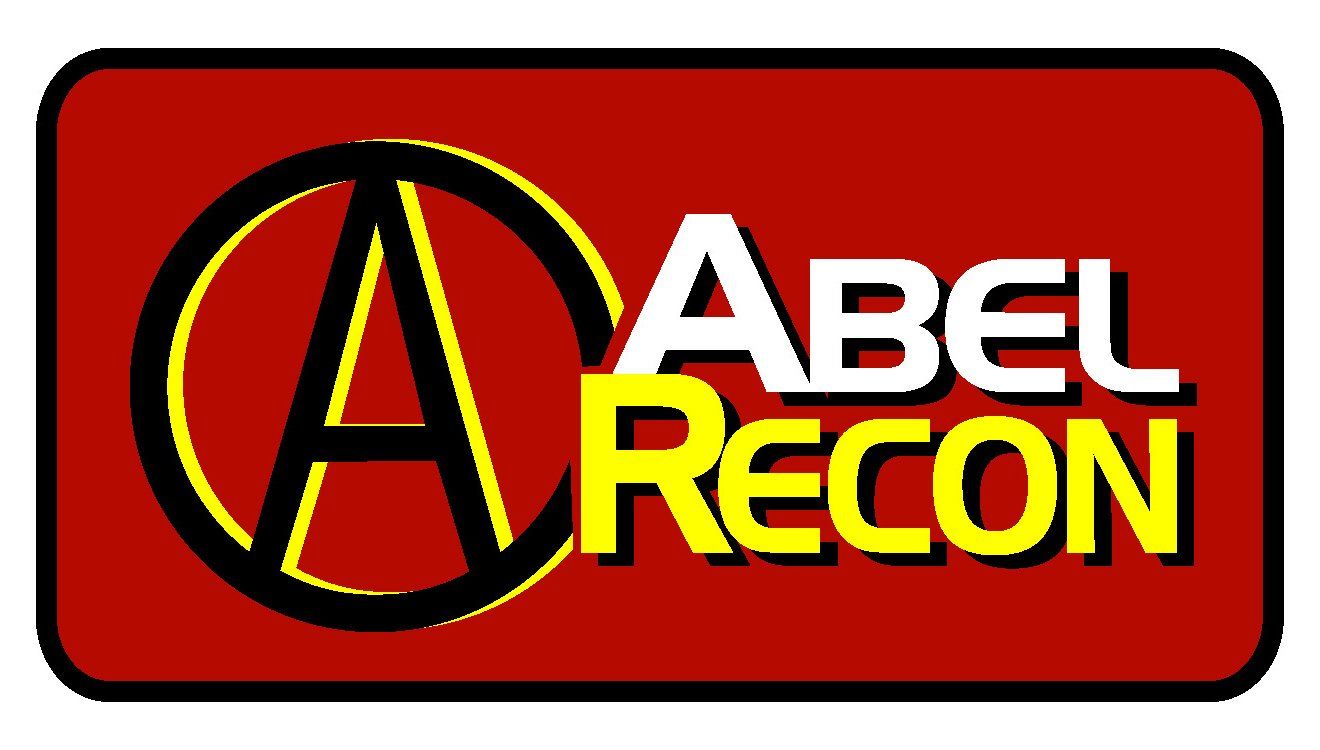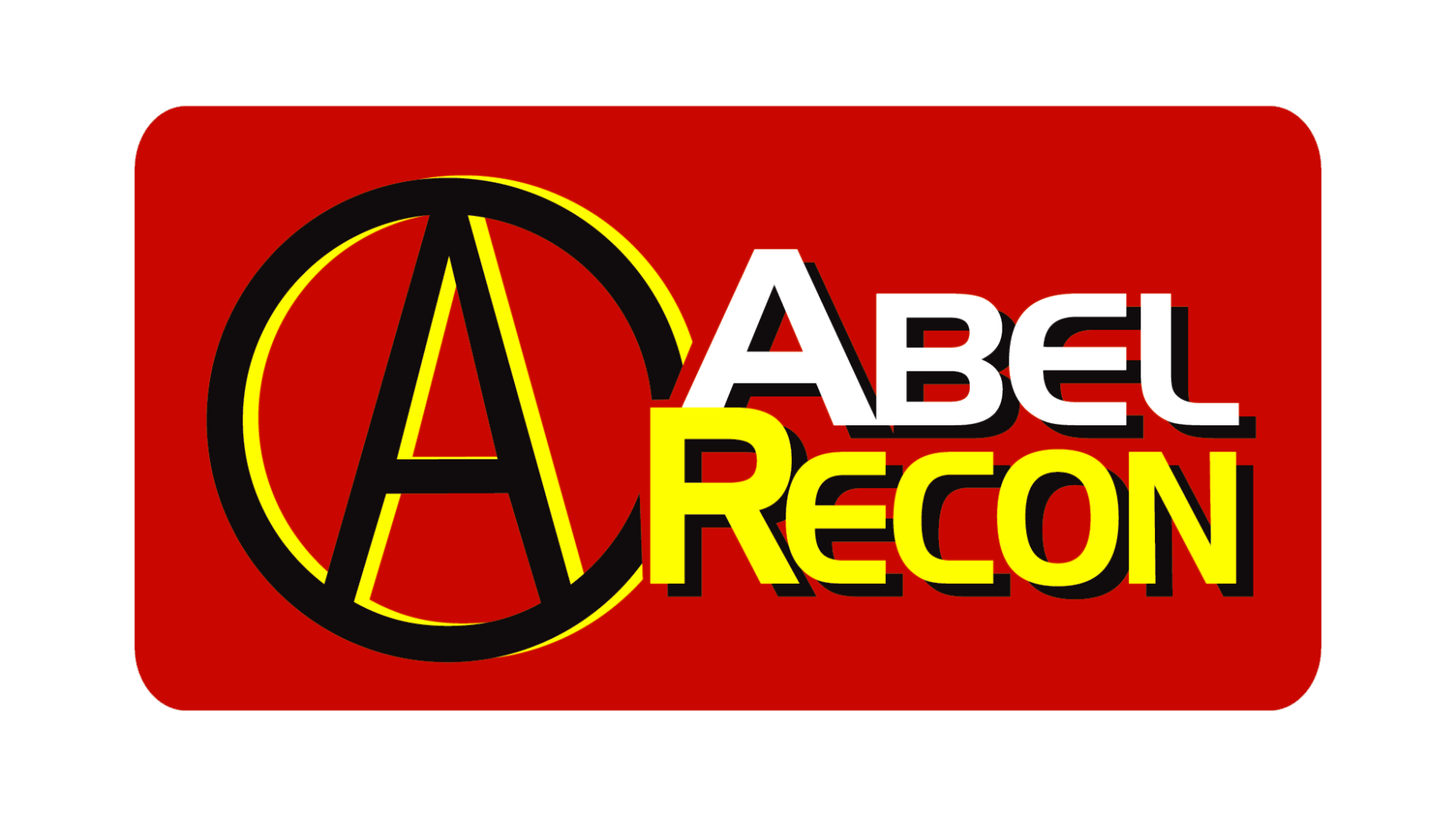What does long term ROI mean in stormwater and sanitary infrastructure?
How can the term ROI be applied to storm and sewer infrastructure?

ROI is a term thrown around in the investment community and it stands for Return-On-Investment. It typically refers to a monetary investment and it’s ability to bear profit compared to the initial investment. ROI can be used to evaluate a single stock, a whole portfolio, retirement funds, precious metals, real estate, art, cars, antiques, or sports memorabilia. Something that has high ROI would be something that returns a high amount of profit compared to the initial investment. The baseball that Atlanta Braves’ Jorge Soler hit for a home run in the 2021 World Series just sold for over $70,000. Considering the seller was just watching the game from the balcony of his apartment, it’s safe to say that was a very high ROI transaction if you consider his initial investment of some beer and snacks for the watch party.
Now that we know what ROI is defined as, how can we apply this to infrastructure? Well one thing we can all agree on is that an infrastructure asset such as a stormwater pipe or a sanitary manhole, is never going to gain value over time, especially the manhole. That means the idea that the asset is going to return a monetary value is out the window. So how else can we measure ‘return’? A good metric would be the service life of a structure before needing rehabilitation or replacement.
A long service life for a structure means it will benefit the public for a long time, benefiting a higher number of users, making the dollars spent on the asset go further.
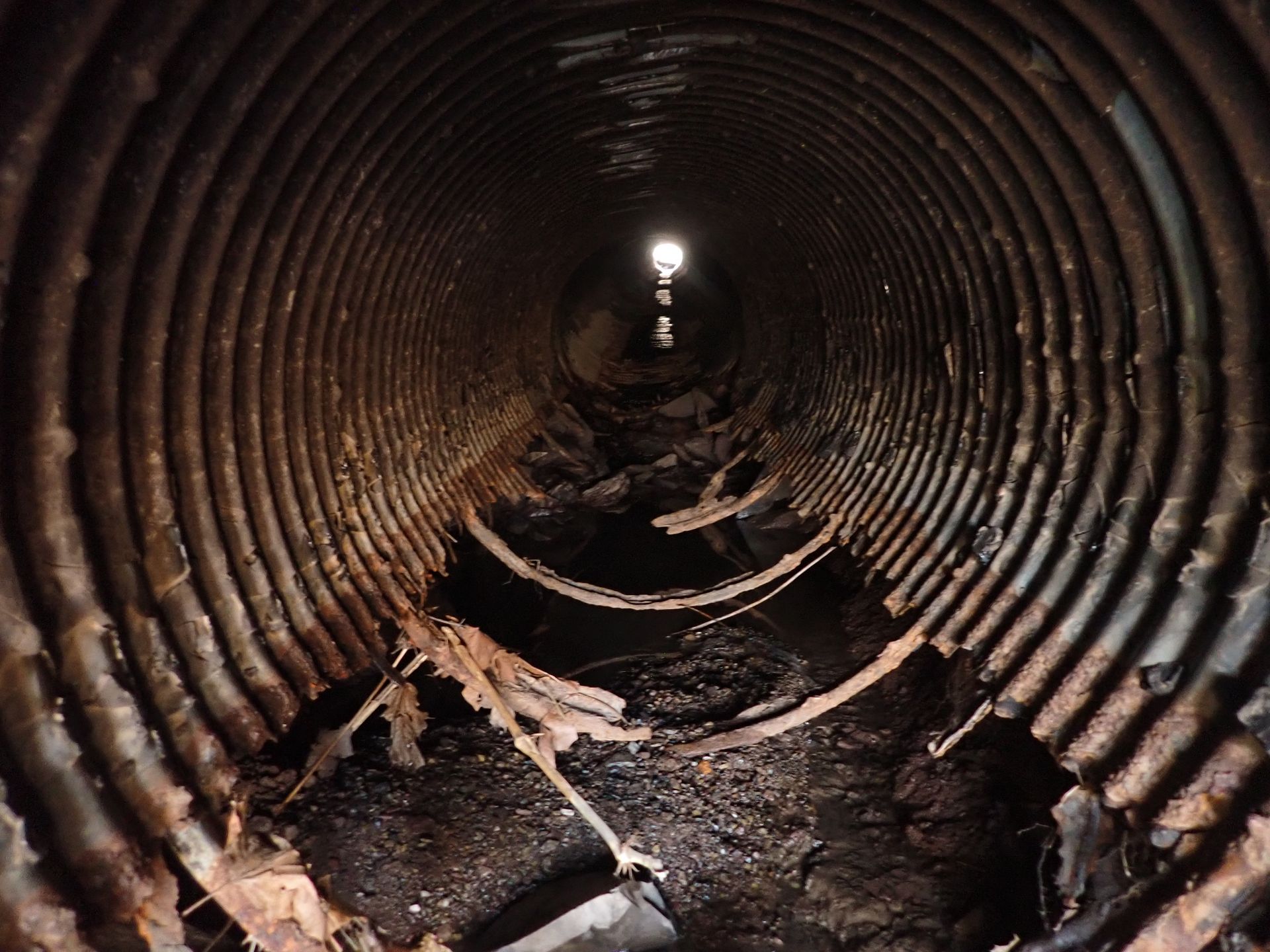
Let’s look at everyone’s favorite stormwater structure, the corrugated metal pipe. Using a 40’ length of 36” diameter pipe with 3 feet of cover for a road in which the Average Daily Traffic (ADT) is 1,000 cars per day. I am going to assume in 1995 it costs $10,000 to install the pipe, and that the average service life for the pipe is 25 years. We can calculate the dollars-spent-per-user.
1,000 cars per day x 25 years = 9,125,000 users
$10,000 / 9,125,000 users = $0.0011 per user
Fast forward to the year 2020. The 25 year service life for the structure is up and we have two options; dig up the pipe and replace in-kind, or rehabilitate the structure in-place. To start, we will look at the first option, digging and replacing in-kind. Now in 2020, the same pipe on the same road costs $15,000 to install. If the service life and ADT remain the same, we can now calculate our new dollars-per-user for the next 25 years.
1,000 cars per day x 25 years = 9,125,000 users
$15,000 / 9,125,000 users = $0.0016 per user
A $0.0005 increase per user for the same service life.
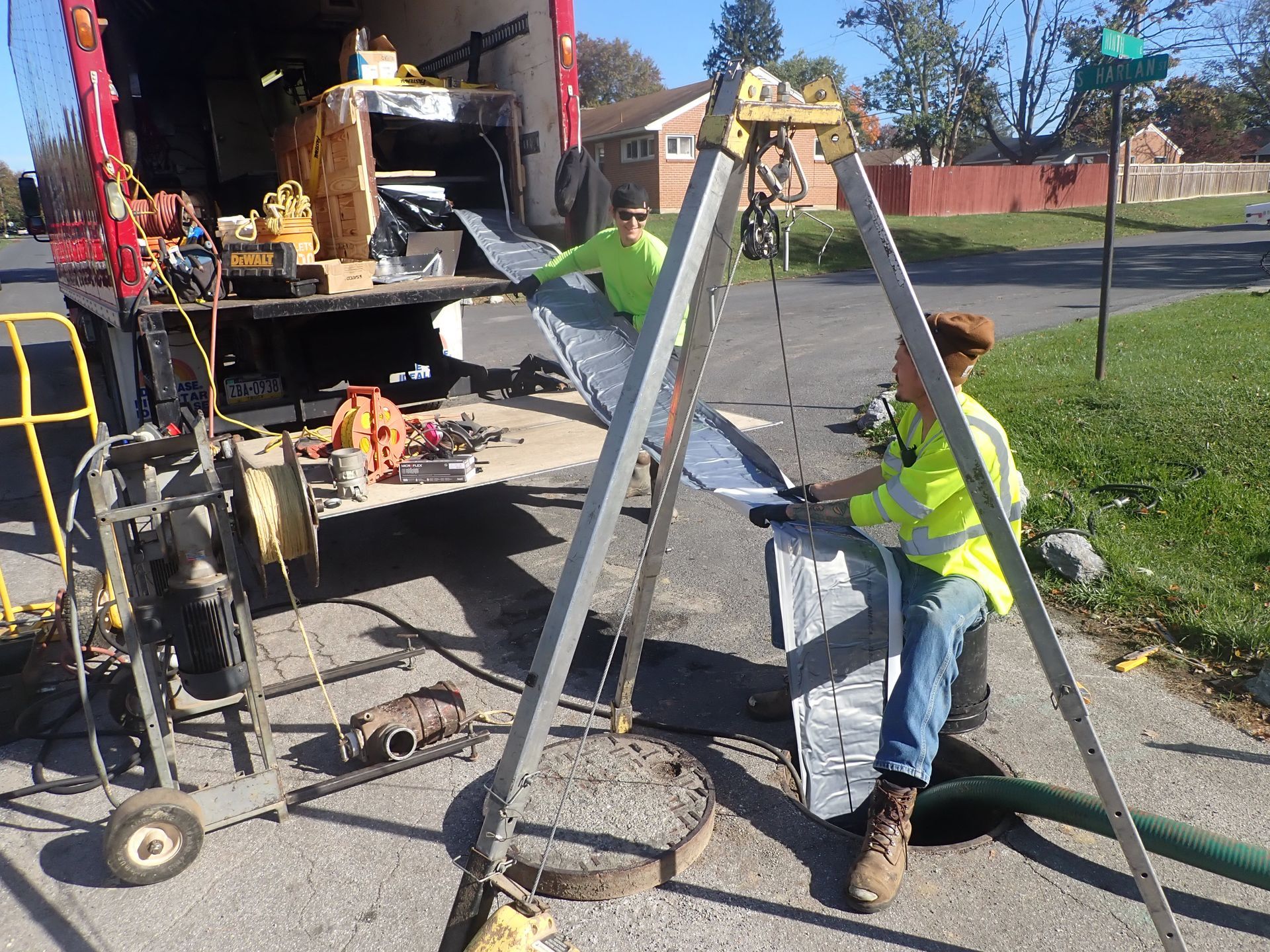
Now let’s look at a rehabilitation scenario. A reasonable cost for the rehabilitation of the pipe is $25,000 and will be completed through the existing pipe. Traditional service life for a designed rehabilitation is 50 years. As with the replacing example, we can assume that the ADT will remain the same for the next 50 years. Let’s calculate the dollars-per-user for the new designed service life.
1,000 cars per day x 50 years = 18,250,000 users
$25,000 / 18,250,000 users = $0.0014 per user
I know this is all theory, but we are trying to quantify the return of an investment on an asset. Sharp readers will see that the total service life of both examples are not the same. The total service life of two CMP pipe culverts is 50 years, while the total design life of the CMP pipe and a rehabilitated pipe is 75 years. So to make up the difference between the two, we can add another dig up and installation cost to the replacement example.
In 1995, $10,000 was spent to install the pipe. In 2020, $15,000 was spent to dig up the old pipe and install a new one. So for the sake of inflation, it is safe to assume in 2045, the same pipe installation would cost $20,000. If the service life and ADT stay the same for the 3rd pipe, the total cost of the same pipe 75 years later is $45,000 which was spent so 27,375,000 users can use it. Which comes up to total a cost-per-user of $0.0016, and $600 per year.
$45,000 / 27,375,000 users = $0.0016 per user
$45,000 / 75 years = $600 per year
If we use the same calculations for our rehabilitated pipe, we spent a total cost of $35,000 for the same pipe after 75 years of service. $10,000 less for the exact same amount of users and service life. Which turns out to be a total cost of $0.0013 per user, and $466.67 per year. A savings of $0.0003 per user and $133.33 per year.
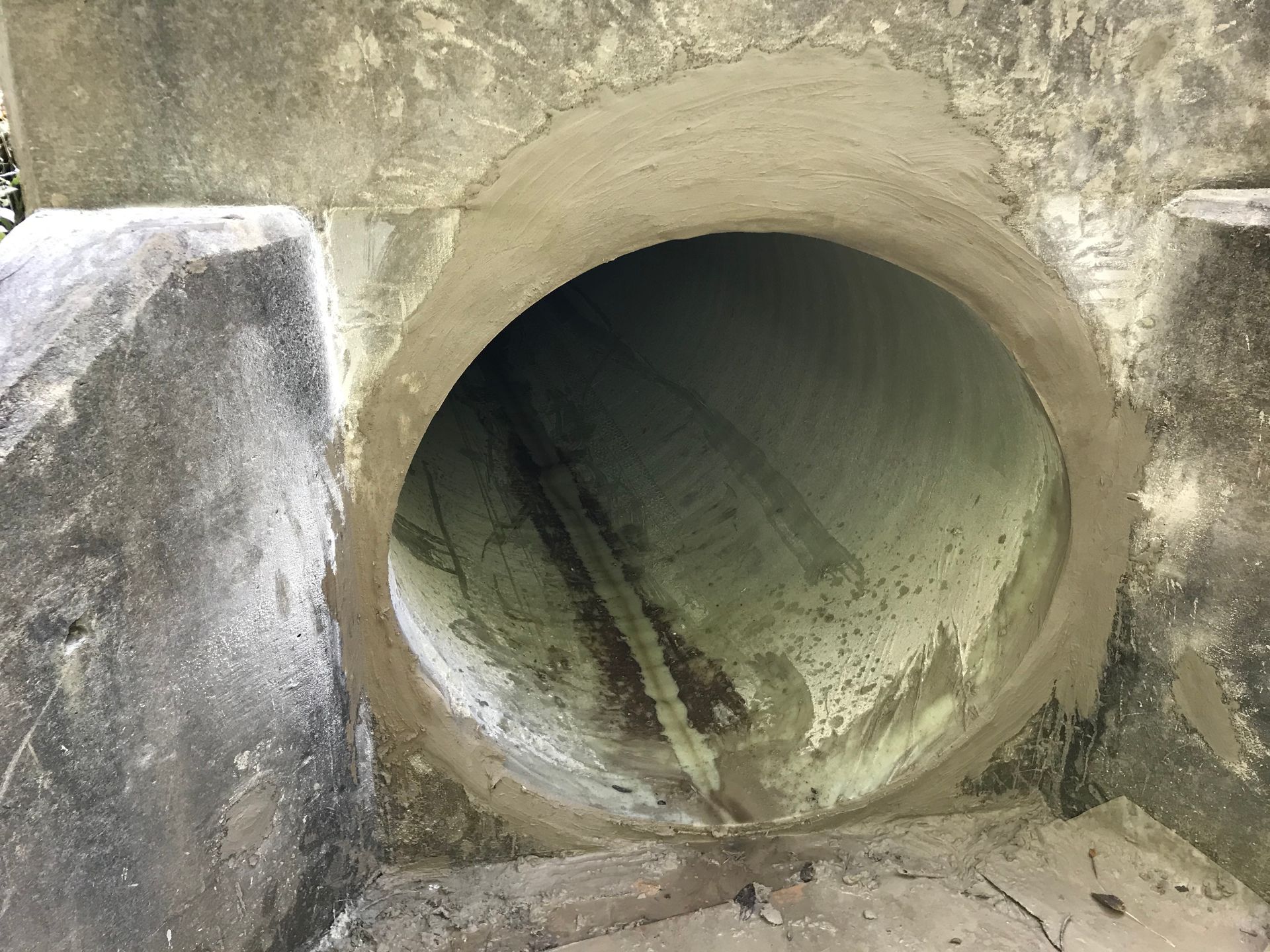
Looking back at the definition of ROI, our ‘dollars-per-user’ as a metric for return, and the total cost of the pipe for 75 years of service as the investment, the rehabilitated pipe wins out. It’s miniscule at this level, but compound these numbers over millions of users for the next three quarters of a century, extrapolated over hundreds of assets, and the differences can be significant. And don’t even get me started on traffic control, intersecting utilities, or proper trenching techniques for deep assets.
This example was just to prove a concept that long term ROI can pay dividends that can’t be quantified on the bottom line. In summary, selecting quality methods and materials that are more expensive at first, can prove their value in the long run. Whether it’s a manhole liner, a pipe, a sewer lateral, or a bamboo toothbrush.
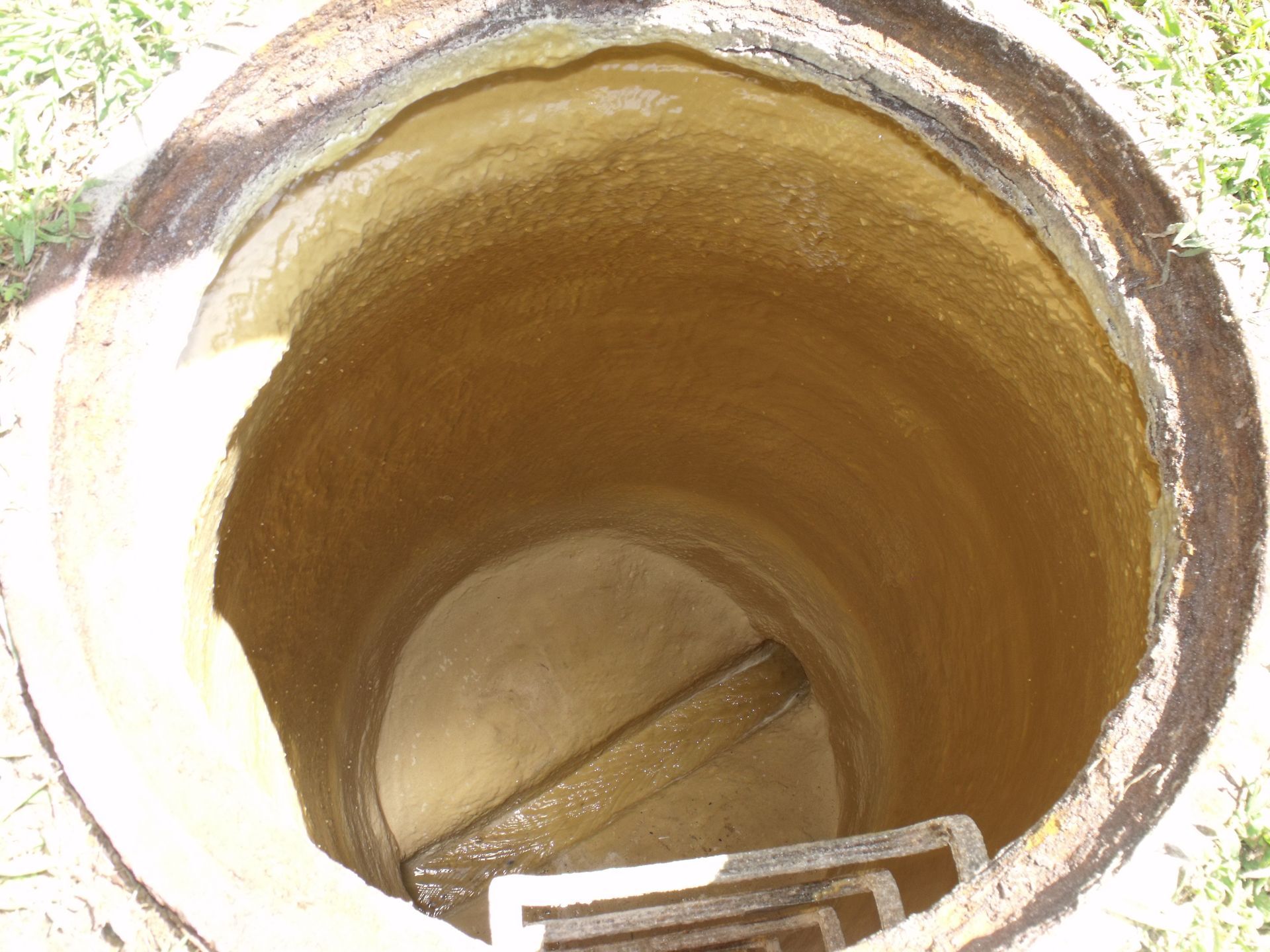
We can’t go back and change what was done yesterday. All we can do is make the best decision for tomorrow. And realizing the benefits of long-term ROI can help you and your team make the best decision.

